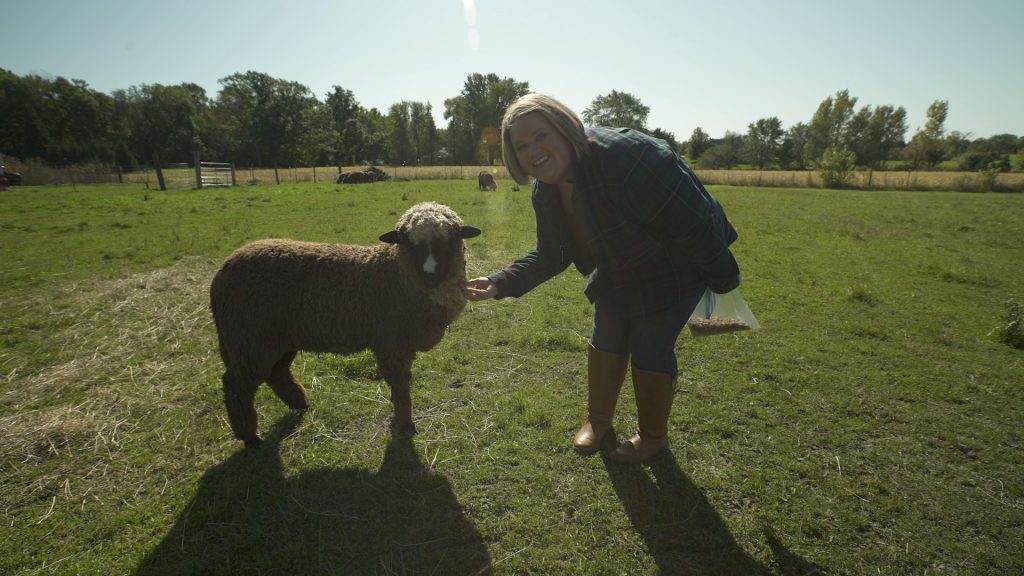One of the great joys of leading and partaking in a Bible study is the Aha Moments. When you see eyes light up, a face beam with joy, a forehead nod in hearty agreement—it’s hard not to celebrate! Yet sometimes our Bible studies can become predictable. Some participants don’t readily engage. We struggle to reach those who learn or grow in a different way than we do.
That’s one reason engaging the senses for Bible study can be such a game changer. Whether someone is an auditory, tactile, visual, or verbal learner, reviewing lessons and developing creative ways to invite participants to experience God’s truth and love can be a game changer.
HERE ARE 5 QUICK WAYS TO MAKE YOUR BIBLE STUDY A FULL SENSORY EXPERIENCE:
1. Start with an experiential activity. As you consider the lesson of the day, think of a simple activity that spurs interaction and connectivity. Perhaps you invite participants to write their mood or favorite Scripture or dream on a balloon and talk about why they wrote those words. Or maybe you hand out 3×5 cards and invite participants to make a list of what they love about Jesus or their families or their community the most. Or maybe you create an activity like planting spices or sharing a meaningful photo or making bouquets together. There are endless ways to tie your activity into the lesson.
2. Host a Taste Testing. Few activities are more enjoyable than trying new foods or comparing different foods to each other. Perhaps you try a recipe from another part of the world or compare different types of figs. If you use toothpicks and napkins, you don’t need a lot of food to allow everyone to try a bite and talk about what they’re experiencing.
3. Play a meaningful song. The power of music to transform, speak, reveal, and unlock hearts cannot be underestimated. Playing a song and sharing lyrics or inviting participants to share the song that breathes life into their soul, opens doors to being known and having deeper conversations.
The Bible was written in an agrarian context that opens up endless possibilities for learning from modern experts.
4. Plan an adventure. If you’re studying the Promised Land, invite a beekeeper to your group. If you’re talking about sheep or sheep parables, plan a visit to a shepherd (if there’s one nearby). Invite a farmer to talk to the group about planting, harvesting, and seasons. Plan a lunch celebration at a local Mediterranean restaurant. All of these can help the Scripture come alive in a fresh way. The Bible was written in an agrarian context that opens up endless possibilities for learning from modern experts.
5. Create an artistic expression. One of the most powerful ways to help participants express their deepest heart desires is through art. A few colored markers, paints, or clay can provide a fresh way to craft a prayer, confess a sin, or create words of affirmation.
Sprinkling a few of these creative elements throughout your Bible study will help your group grow deeper and more connected with each other and God.

 The Psalmist declared, “Taste and see that the Lord is good” (Ps 34:8), so Margaret Feinberg decided to take the invitation literally. She embarked on a global culinary and spiritual adventure descending 410 feet into a salt mine, baking fresh matzo at Yale University, harvesting olives off the Croatian coast, and tasting succulent fi gs at a premier farm—all to discover the truth in such a simple verse. With each person she encountered, she asked, “How do you read the Scripture in light of what you do every day?” Their answers will change the way you read the Bible forever…and the way you approach every meal.
The Psalmist declared, “Taste and see that the Lord is good” (Ps 34:8), so Margaret Feinberg decided to take the invitation literally. She embarked on a global culinary and spiritual adventure descending 410 feet into a salt mine, baking fresh matzo at Yale University, harvesting olives off the Croatian coast, and tasting succulent fi gs at a premier farm—all to discover the truth in such a simple verse. With each person she encountered, she asked, “How do you read the Scripture in light of what you do every day?” Their answers will change the way you read the Bible forever…and the way you approach every meal.



